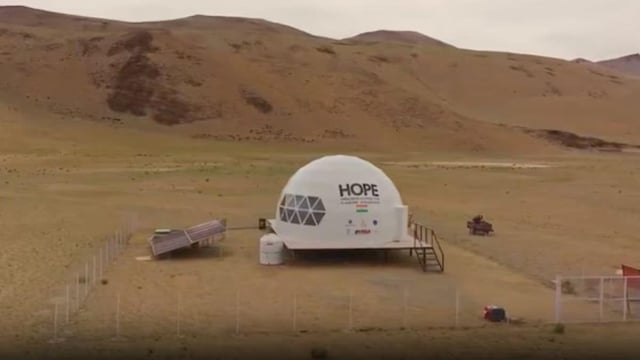Overview
- The Himalayan Outpost for Planetary Exploration (HOPE) facility, built at 4.3 km altitude in Tso Kar Valley, mimics extreme lunar and Martian conditions for long-duration mission rehearsal
- Two analogue crew members began a 10-day mission on August 1 in interconnected eight-meter habitat and five-meter utility modules
- ISRO and Protoplanet lead the mission with national research institutes studying epigenetic, genomic, physiological and psychological responses of the crew
- Constructed for ₹1 crore in a public-private partnership, HOPE highlights a cost-efficient approach compared to India’s ₹550 crore International Space Station flight
- Data from HOPE will inform Gaganyaan, India’s eight-mission human spaceflight roadmap, including the Bharat Antariksha Station module and future lunar goals

